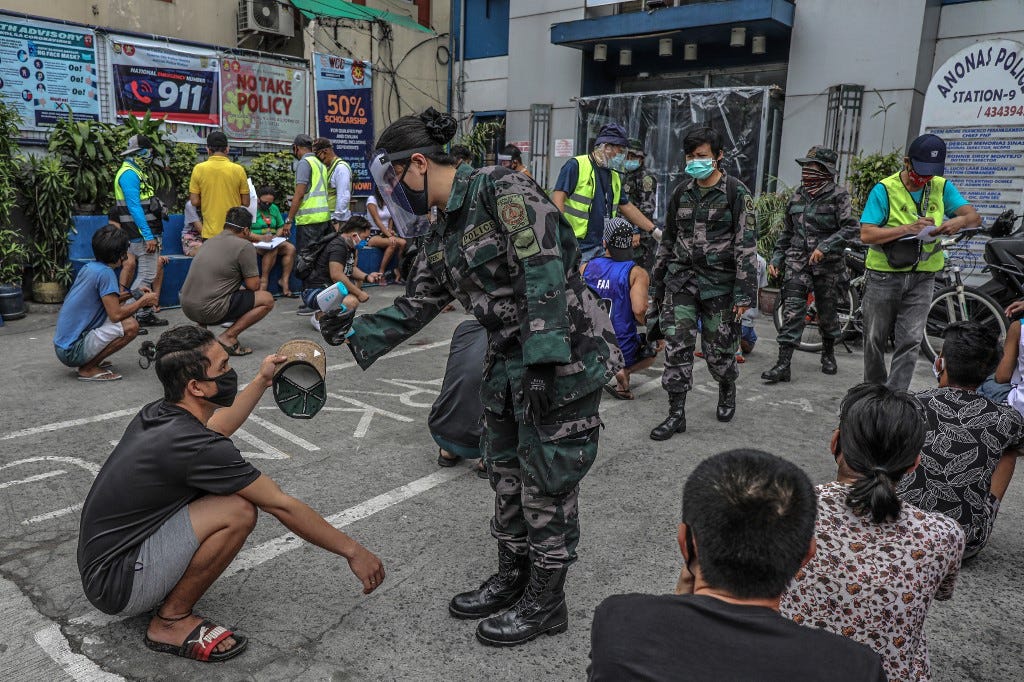Covid Takes Toll on Philippine Economy
Duterte’s strong-man approach remains popular but ineffective
The Philippines is in danger of regaining its decades-old title as the sick man of Asia after more than a decade of stellar growth as President Rodrigo Duterte’s draconian handling of the Covid-19 coronavirus takes its toll.
According to recent statistics published by the Philippine Statistics Authority, and other sources, third-quarter gross domestic p…
Keep reading with a 7-day free trial
Subscribe to Asia Sentinel to keep reading this post and get 7 days of free access to the full post archives.

